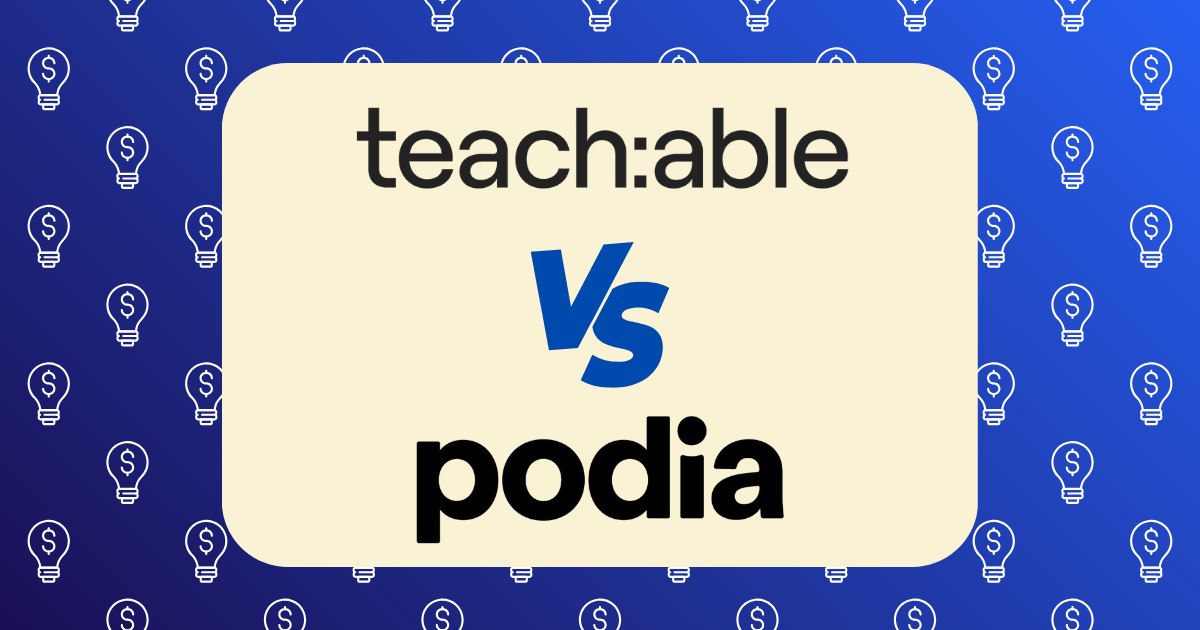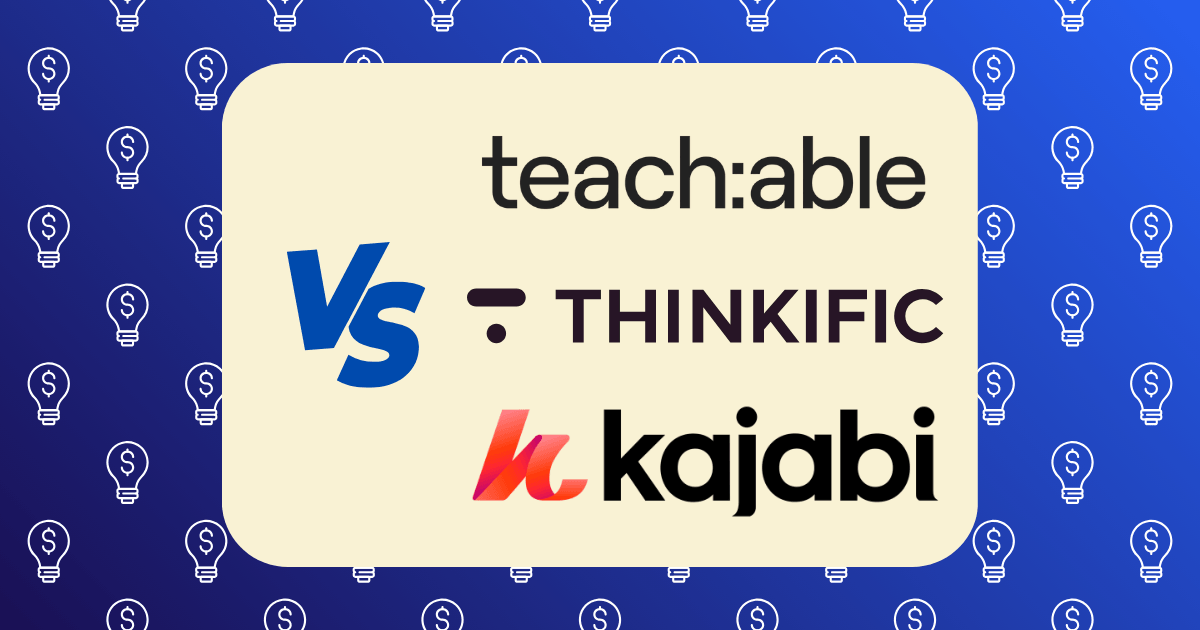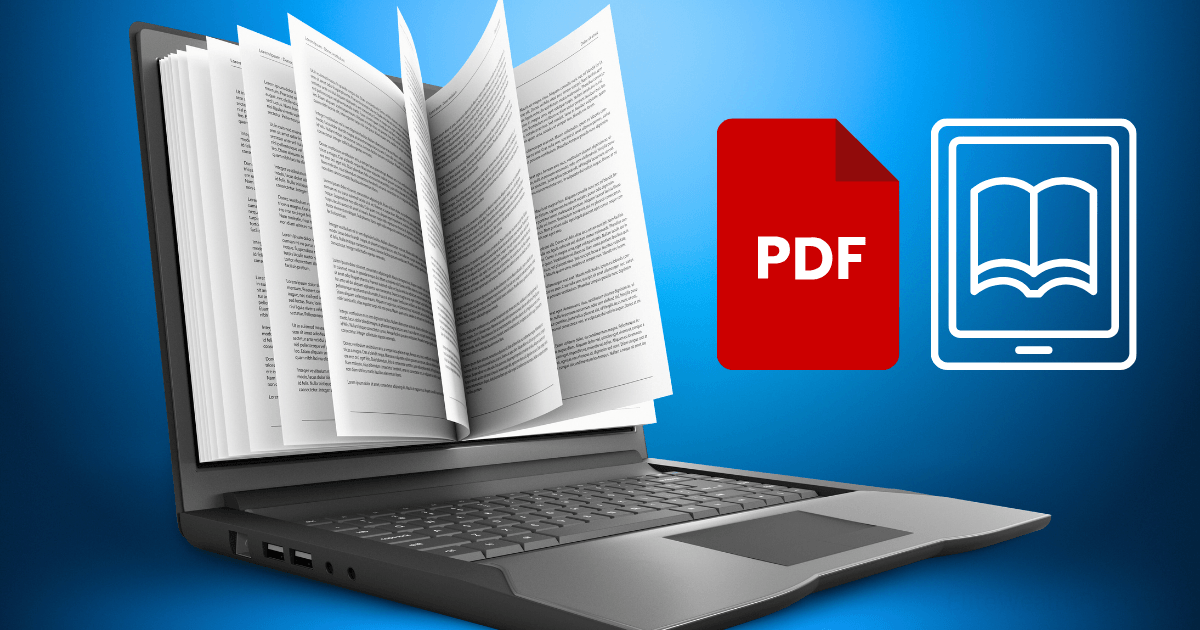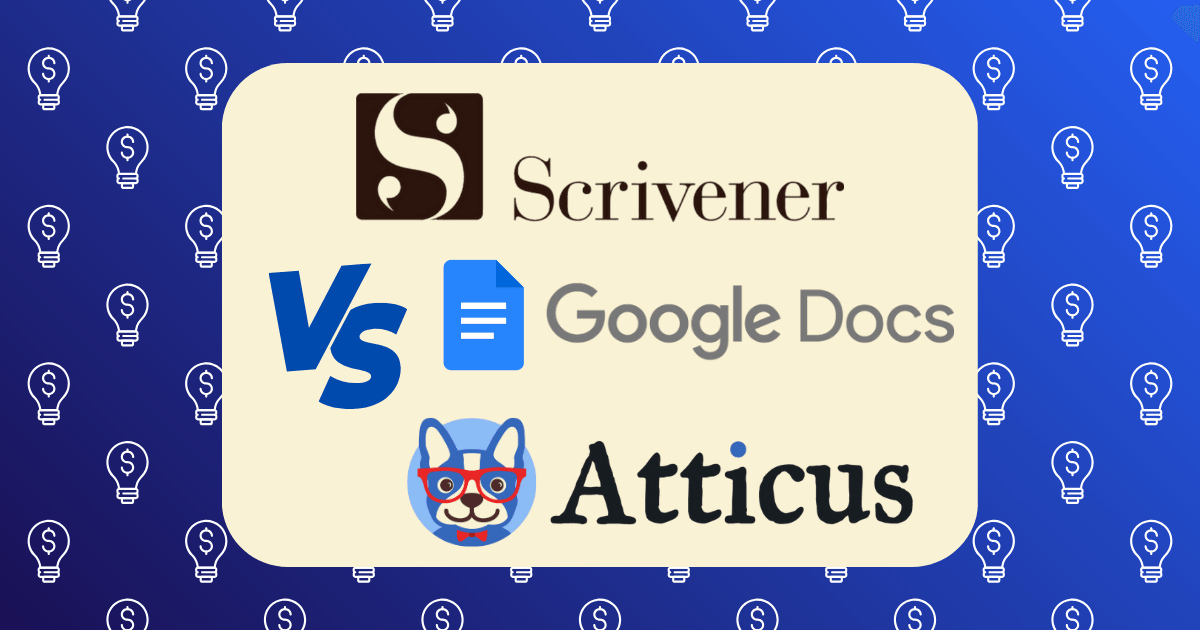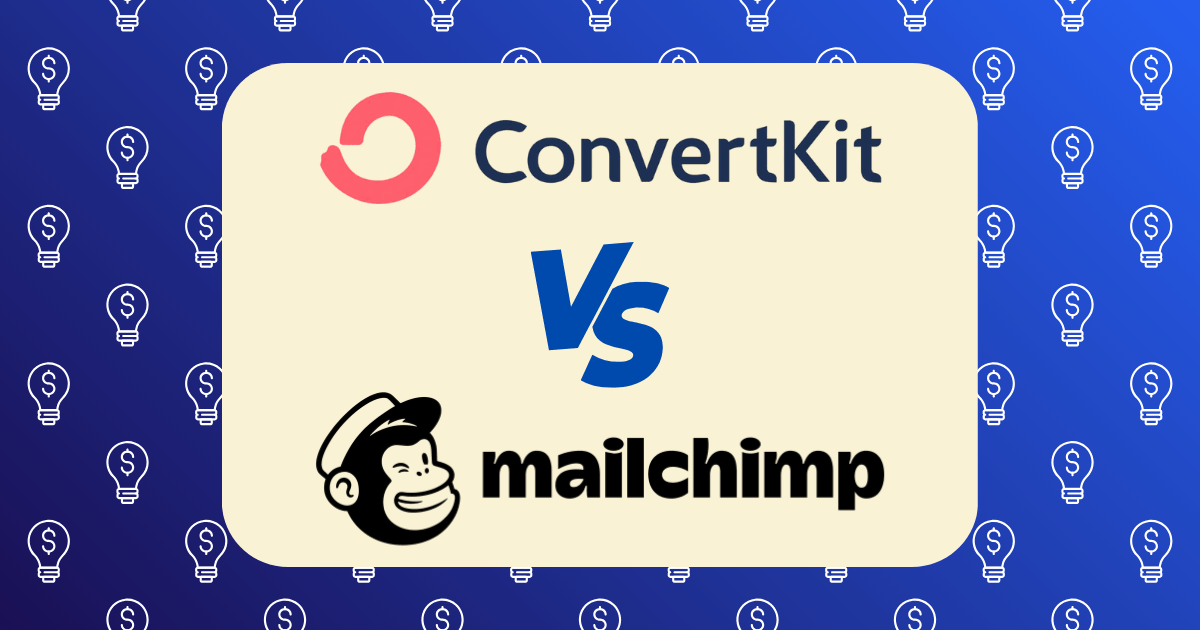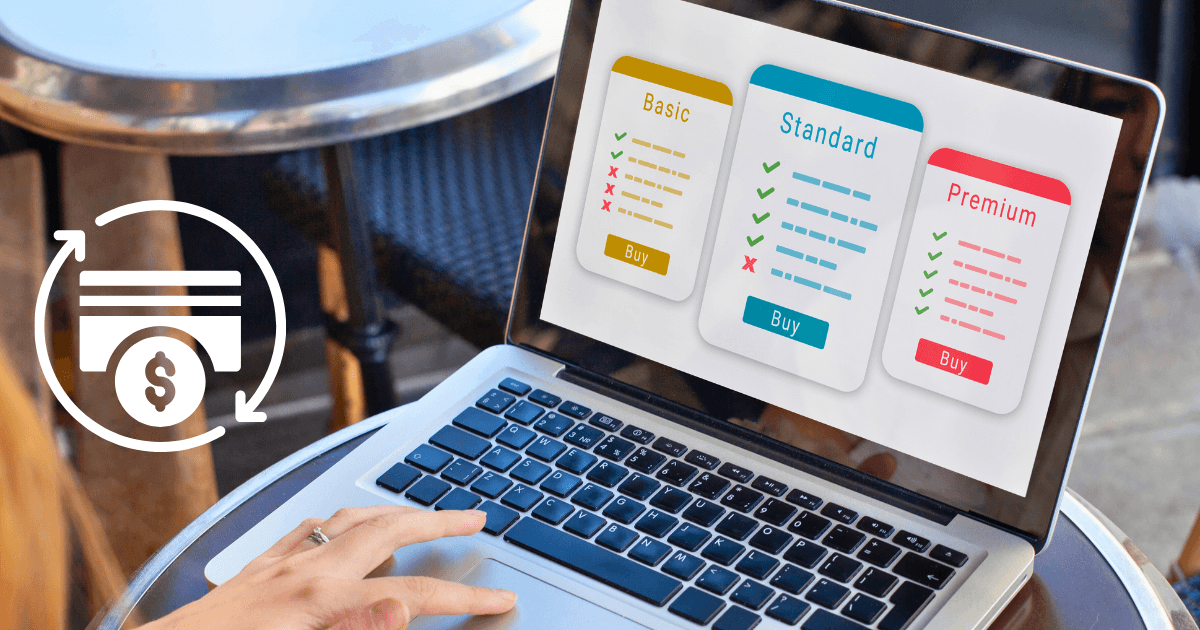Creating and Selling Beats Online: My Journey to $2,000/Month in Music Licensing
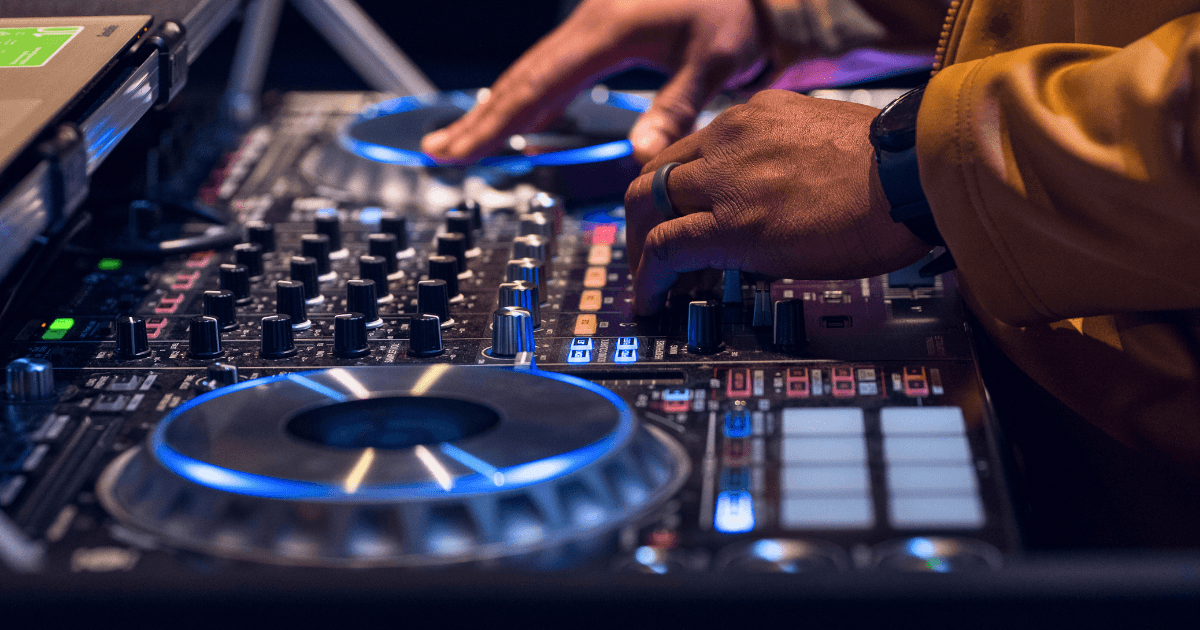
Three years ago, I was making beats in my bedroom, sharing them on SoundCloud, and getting nothing but compliments and “fire” emojis in return. The validation was nice, but my bank account remained stubbornly empty. Fast forward to today: I’m generating over $2,000 monthly from those same beats through strategic licensing and sales.
This isn’t some overnight success story. It’s about methodically building a sustainable income stream from music production—one beat, one license, and one relationship at a time. If you’re a producer looking to turn your passion into profit, I’m going to break down exactly how I did it, what worked, what didn’t, and how the landscape looks in 2025.
The Reality Check: What It Really Takes
Let me start by dispelling some myths:
- Myth #1: You need expensive gear to make sellable beats
- Myth #2: You need a massive following to start making money
- Myth #3: Only trap and hip-hop beats sell well online
None of these are true. I started with a $300 MIDI controller, free DAW plugins, and fewer than 200 Instagram followers. My first paid license was for a lo-fi jazz beat that I almost didn’t upload because I thought it was “too niche.”
What you do need is:
- Consistency in both production and marketing
- Strategic platform selection based on your genre and goals
- Clear licensing terms that protect you while attracting customers
- Quality over quantity in your beat catalog
- Patience as you build momentum
According to BeatStars’ 2024 Producer Economy Report, the average successful producer takes 14 months to reach $1,000 in monthly income. It took me 19 months, so I was slightly behind the curve, but the foundation I built has proven more sustainable than many who rose faster.
My Monthly Income Breakdown
Let’s get specific about where my $2,000+ monthly income comes from:
| Income Source | Monthly Average | % of Total |
| Beat Leases (Non-Exclusive) | $685 | 34% |
| Exclusive Rights Sales | $450 | 22% |
| Sync Licensing | $520 | 26% |
| Sample Packs | $220 | 11% |
| Royalties & Backend | $145 | 7% |
| TOTAL | $2,020 | 100% |
What’s interesting is how this has evolved. In my first six months of monetization, 90% came from beat leases. Now that’s down to 34% as I’ve diversified into higher-value revenue streams.
The Platform Ecosystem: Where I Sell and Why
Not all beat-selling platforms are created equal. After testing over a dozen, here’s where I focus my efforts:
1. BeatStars
- Pros: Highest traffic, robust licensing system, good search visibility
- Cons: Intense competition, 30% commission on Pro Page sales
- My Monthly Revenue: ~$400
2. Airbit
- Pros: Lower fees (20%), better analytics, more genre diversity
- Cons: Less overall traffic than BeatStars
- My Monthly Revenue: ~$285
3. Personal Website (WordPress + WooCommerce)
- Pros: No commissions, direct customer relationships, brand control
- Cons: Requires marketing to drive traffic
- My Monthly Revenue: ~$450
4. Songtradr (Sync Licensing)
- Pros: Access to film/TV/ad placements, higher-value deals
- Cons: Competitive, long wait times for placements
- My Monthly Revenue: ~$520 (highly variable)
5. Splice (Sample Packs)
- Pros: Recurring revenue model, established marketplace
- Cons: Rigorous quality control, competitive
- My Monthly Revenue: ~$220
The key insight: Diversification across platforms provides stability. When BeatStars has a slow month, Songtradr might land a sync deal that makes up for it.
My Production Workflow: Quality vs. Quantity
Early on, I made the mistake of churning out 10+ beats weekly, resulting in mediocre quality and minimal sales. Now I focus on 2-3 high-quality productions per week, which has actually increased my revenue.
Here’s my current workflow:
Monday: Research & Inspiration
- Analyze trending songs in my target genres
- Study recent placements in TV/film for sync opportunities
- Create a moodboard for the week’s productions
Tuesday-Thursday: Production
- 1 beat per day, focusing on completion rather than starting multiple projects
- Specific focus on sound design and mix quality
- Create variations (e.g., with/without hooks, alternate arrangements)
Friday: Finalization & Metadata
- Final mixing and mastering
- Create artwork using Canva
- Prepare detailed metadata, tags, and descriptions
Saturday: Upload & Marketing
- Distribute across all platforms
- Create promo snippets for social media
- Schedule posts for the week
Sunday: Rest & Analysis
- Review previous week’s performance
- Adjust strategy based on data
- Rest ears and creativity
This schedule produces 3 high-quality beats weekly, or about 150 annually, which is more than enough to build a substantial catalog while maintaining quality.
Pricing Strategy That Actually Works
Pricing is where most producers go wrong. Initially, I underpriced at $15-20 for basic leases, thinking volume would make up for low margins. It didn’t.
After studying the market and testing different price points, here’s my current structure:
Non-Exclusive Licenses:
- Basic MP3 Lease: $49.95
- Premium WAV Lease: $79.95
- Trackout Lease: $149.95
- Unlimited Lease: $299.95
Exclusive Rights:
- Starting at: $499.95
- Premium/Custom: $999.95+
This pricing is actually on the moderate side for 2025, but it positions my work as professional while remaining accessible to independent artists.
The psychology behind these prices is important:
- The “.95” creates the perception of a specific value rather than an arbitrary number
- The tiered structure creates upsell opportunities
- Higher prices actually attracted more serious clients and reduced support headaches
According to my analytics, my average transaction value increased from $24.50 to $87.30 after implementing this pricing strategy, with only a minimal decrease in transaction volume.
Marketing Strategies That Moved the Needle
Creating great beats is only half the battle. Here’s what actually worked for marketing:
1. Type Beat SEO Strategy
Despite many claiming “type beats” are oversaturated, they remain effective when done strategically. Instead of generic “Drake type beat,” I use more specific formulations:
- “Drake x Tame Impala type beat | Melancholic”
- “Drake 2023 Nostalgic R&B type beat | Memories”
This specificity has improved my search visibility on YouTube and beat platforms significantly.
2. Strategic Social Media
Rather than trying to be everywhere, I focused on two platforms:
- Instagram: For beat snippets, studio sessions, and connecting with artists
- TikTok: For behind-the-scenes production techniques and trend participation
My most successful TikTok series breaks down how I created beats that eventually sold, showing the exact plugins and techniques. This educational content drives more traffic to my beats than direct promotion.
3. Email Marketing
This has been my secret weapon. I offer a free “Producer Starter Pack” of sounds in exchange for email signups, then nurture these leads with weekly beat updates and exclusive discounts.
My email list converts at 4.3%, compared to 0.5% from social media traffic—nearly 9x more effective.
4. Artist Relationships
The highest-ROI activity has been directly connecting with independent artists. I created a system:
- Identify 10 new artists weekly who match my style
- Engage meaningfully with their content for 1-2 weeks
- Send a personalized message with 2-3 beat links that would suit their style
- Follow up once, then move on if no response
This approach has a 15-20% conversion rate and has led to several exclusive beat sales and long-term relationships.
Sync Licensing: The Game Changer
The biggest shift in my income came when I focused on sync licensing—getting my beats placed in TV shows, commercials, and films. This market pays significantly better than artist leases.
Here’s how I approached it:
- Studied Successful Sync Music: I analyzed what was getting placed in shows and commercials in my genres
- Created Specific Sync-Friendly Tracks: Clear emotional arcs, multiple edit points, clean mixes
- Prepared Instrumental and Stem Versions: Giving music supervisors maximum flexibility
- Registered with Multiple Sync Agencies: Including Songtradr, Marmoset, and MusicBed
- Cleared All Samples: Ensuring my music was 100% original or properly licensed
My first placement was in a regional commercial that paid $750 for a 30-second beat. Since then, I’ve had placements in YouTube series, indie films, and most recently, a recurring spot in a Netflix documentary series that generates ongoing performance royalties.
The Legal Side: Protecting Your Work
One costly mistake taught me the importance of proper legal protection. An early beat I sold was used in a viral TikTok campaign without proper licensing, and I had no recourse because my terms weren’t clear.
Now I have:
- Standardized Licensing Terms: Clearly outlining usage rights for each license tier
- Copyright Registration: For all my original compositions via the U.S. Copyright Office
- Split Sheets: For any collaborative work with other producers or artists
- PRO Registration: All tracks registered with BMI for performance royalty collection
- Digital Distribution: For instrumental versions via DistroKid to collect streaming royalties
These protections cost me about $500 annually but have saved me thousands in potentially lost revenue.
Tools of the Trade: My Essential Stack
People often ask about my gear, expecting an expensive setup. Here’s what I actually use:
Production Hardware:
- MIDI Controller: Arturia KeyLab 49 ($269)
- Audio Interface: Focusrite Scarlett 2i2 ($159)
- Monitors: KRK Rokit 5 G4 ($358/pair)
- Microphone: Shure SM58 ($99) for occasional vocal samples
- Laptop: 2021 MacBook Air M1 ($999)
Software:
- DAW: Logic Pro X ($199)
- Essential Plugins:
- Xfer Serum ($189)
- FabFilter Pro-Q 3 ($179)
- Valhalla Room ($50)
- RC-20 Retro Color ($99)
Business Tools:
- Website: WordPress + WooCommerce ($150/year)
- Email Marketing: MailerLite ($120/year)
- Accounting: Wave (Free)
- Contracts: Shake Law ($120/year)
Total investment: Approximately $3,000, which I’ve recouped many times over. The point is, you don’t need a $10,000+ studio to make professional, sellable beats.
Common Pitfalls to Avoid
Learn from my mistakes:
1. The “More is Better” Trap
I initially thought uploading 5+ beats daily would increase my chances of sales. Instead, it diluted my quality and brand perception. Quality always beats quantity.
2. Neglecting Metadata and Presentation
Early on, I paid little attention to titles, descriptions, tags, and artwork. Improving these elements doubled my click-through rate on beat platforms.
3. Ignoring the Business Side
For the first year, I treated this as a hobby with occasional sales rather than a business. Once I implemented proper accounting, marketing schedules, and growth targets, my income tripled within six months.
4. The Comparison Game
Constantly comparing myself to producers posting about “$10K months” was demoralizing and unproductive. Most are exaggerating, and everyone’s journey is different.
5. Chasing Trends Too Late
By the time a sound becomes recognizable as a “trend,” it’s often too late to capitalize on it. I’ve had more success anticipating trends or creating my own lane.
The Future of Beat Selling in 2025 and Beyond
The beat market continues to evolve rapidly. Here are the trends I’m watching and adapting to:
1. AI-Assisted Production
AI tools like AIVA and Soundraw are changing the game. Rather than fighting this trend, I’m incorporating AI for inspiration and workflow enhancement while focusing on the human elements AI can’t replicate.
2. Immersive Audio Formats
With spatial audio becoming standard on streaming platforms, I’m now delivering Dolby Atmos versions of my premium beats, commanding a 30% price premium.
3. Direct Artist Subscriptions
Several of my regular clients now pay monthly subscription fees for priority access to my newest beats, creating a more stable income base.
4. NFT and Web3 Integration
While the NFT hype has cooled, there are still opportunities in the blockchain space for beat licensing and royalty tracking. I’m cautiously exploring this avenue.
5. Short-Form Content Optimization
With TikTok, Reels, and YouTube Shorts dominating content consumption, I’m creating beat packages specifically optimized for these formats.
Getting Started: Your First 90 Days
If you’re inspired to start your own beat-selling journey, here’s a practical 90-day roadmap:
Days 1-30: Foundation Building
- Create 8-10 high-quality beats (focus on quality over quantity)
- Set up profiles on BeatStars and Airbit
- Establish basic social media presence
- Research licensing terms and pricing
Days 31-60: Systems and Optimization
- Develop a consistent production schedule
- Create templates for faster workflow
- Optimize metadata and presentation
- Begin direct outreach to 5 artists weekly
Days 61-90: Marketing and Expansion
- Implement email marketing strategy
- Explore sync licensing opportunities
- Analyze data and double down on what’s working
- Consider expanding to a personal website
Don’t expect significant income during this period—I made only $147 in my first 90 days. The goal is building the foundation for sustainable growth.
Final Thoughts: Is This Path Right for You?
Generating $2,000 monthly from beat sales and licensing didn’t happen overnight. It took:
- 19 months to reach $1,000/month
- 29 months to reach $2,000/month
- 1,000+ hours of production time
- 500+ hours of marketing and business development
- Countless rejections and periods of doubt
But now I have a catalog of 300+ beats that generate income while I sleep, with new additions continuously strengthening my portfolio.
Is this path right for you? It depends on your goals:
- If you want quick money, look elsewhere
- If you want to build a sustainable income from your music production skills while maintaining creative freedom, this could be your path
The beat marketplace isn’t a gold rush—it’s a marathon. The producers who succeed approach it as both an art and a business, with equal respect for both aspects.


